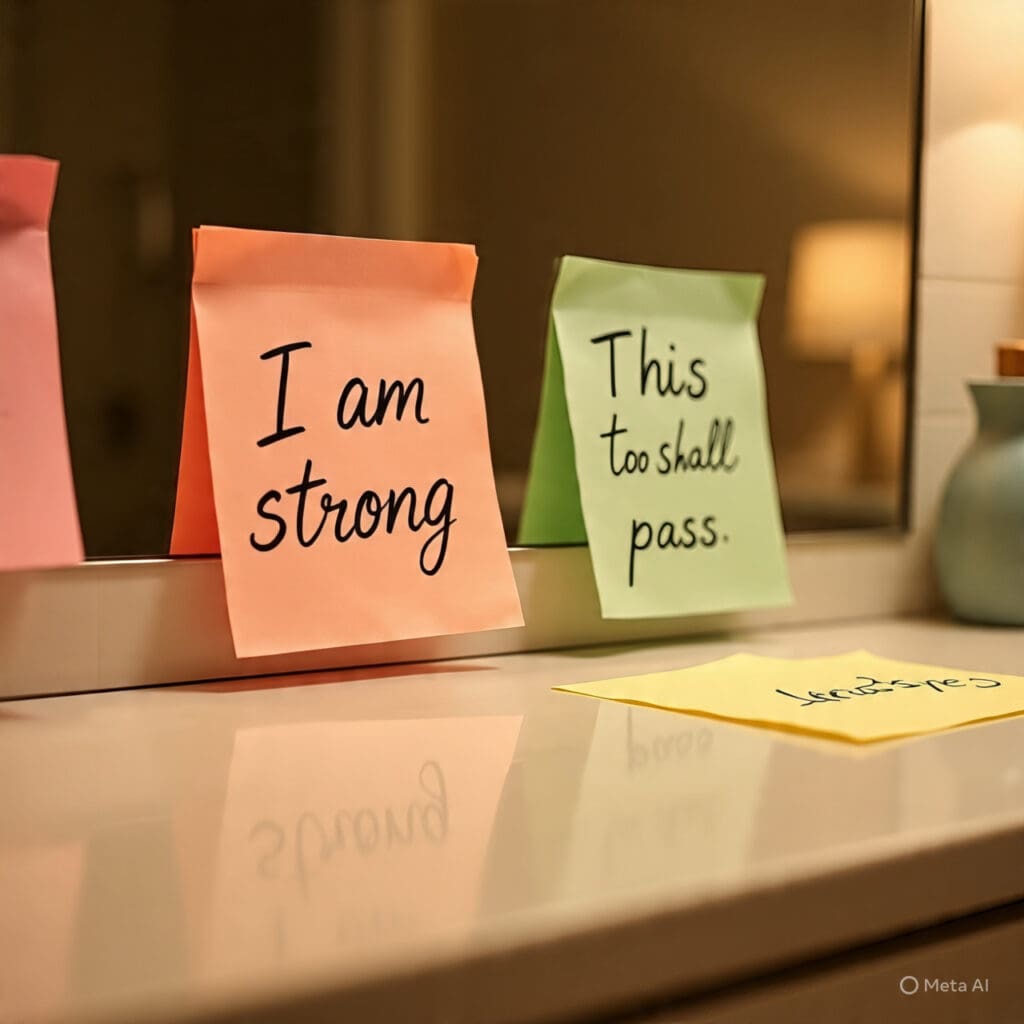How to stay calm in stressful situations is a crucial life skill to learn, especially in today’s fast-paced world. Whether it’s a tight deadline, a family conflict, or a crisis, remaining composed can change the outcome for the better.

Instead of letting anxiety take control, use these five expert-backed techniques to calm your nerves and stay grounded—even in the most chaotic moments.
1. Practice Deep Breathing
One of the quickest ways to calm your nerves is by focusing on your breath. When faced with stress, our body enters fight-or-flight mode, making our breathing shallow and rapid.
Deep breathing techniques, such as the 4-7-8 method (inhale for four seconds, hold for seven, exhale for eight), help slow your heart rate, lower stress hormones, and restore a sense of control.
How to do it:
- Find a quiet place (if possible) and sit comfortably.
- Close your eyes and inhale deeply through your nose for four seconds.
- Hold your breath for seven seconds.
- Exhale slowly through your mouth for eight seconds.
- Repeat this cycle four to five times until you feel more relaxed.
2. Engage in Mindfulness and Grounding Techniques
When chaos strikes, our minds often spiral into worst-case scenarios. Mindfulness helps bring your focus back to the present, preventing overthinking and panic.
Try the 5-4-3-2-1 grounding technique:
- Identify 5 things you can see.
- Identify 4 things you can touch.
- Identify 3 things you can hear.
- Identify 2 things you can smell.
- Identify 1 thing you can taste.
This method shifts your focus from anxiety to the present moment, making it easier to manage stress effectively.
3. Use Positive Self-Talk
Your inner dialogue has a powerful impact on how you react to stressful situations. Instead of letting negative thoughts amplify your anxiety, practice positive self-talk to reframe your mindset.
Examples of positive affirmations:
- “I am in control of my emotions.”
- “I have the strength to handle this situation.”
- “This moment will pass, and I will be okay.”
Repeating these affirmations can boost confidence and help shift your focus from fear to resilience.

4. Engage in Physical Activity
When stress builds up, your body needs a way to release it. Physical activity, even for a few minutes, helps reduce cortisol (the stress hormone) and triggers the release of endorphins, which naturally improve mood and relaxation.
Quick physical exercises to try:
- Take a short walk or stretch your muscles.
- Do 10–15 jumping jacks or squats.
- Practice yoga poses like the child’s pose or downward dog.
If you’re in a situation where movement is restricted (e.g., a meeting or traffic), simply clenching and releasing your fists or rolling your shoulders can provide instant relief.
5. Visualize a Calm Outcome
Your mind is a powerful tool—use it to create a peaceful escape when chaos surrounds you. Visualization techniques help you regain control by imagining yourself in a relaxed state or successfully handling a stressful situation.
How to practice visualization:
- Close your eyes and take a few deep breaths.
- Picture yourself in a peaceful location (like a beach or a garden).
- Imagine yourself navigating the stressful situation with confidence and calmness.
- Hold on to this mental image for a few minutes before returning to the present moment.
Final Thoughts
Staying calm in chaotic situations is a skill that improves with practice. By incorporating deep breathing, mindfulness, positive self-talk, physical activity, and visualization into your daily routine, you can train your mind and body to handle stress more effectively.

At Wellbeing.ng, we understand that stress is a part of life, but you don’t have to let it control you. Try these techniques, and over time, you’ll find yourself reacting with more clarity, confidence, and composure no matter what life throws your way.



